How to Monitor Server Performance with Performance Monitor
Keeping your servers healthy is crucial for ensuring smooth business operations. Windows Server comes with a powerful built-in tool called Performance Monitor (PerfMon), which allows administrators to track system resources, identify bottlenecks, and troubleshoot issues before they escalate.
In this blog, we’ll walk you through how to monitor server performance using Performance Monitor.
What is Performance Monitor?
Performance Monitor is a Windows tool that lets you view detailed performance data in real time or from saved logs. It provides counters for CPU usage, memory consumption, disk activity, network performance, and more—helping you identify where your server may be struggling.
Steps to Monitor Server Performance
1. Launch Performance Monitor
- Press Win + R, type
perfmon, and hit Enter. - The Performance Monitor dashboard will open.
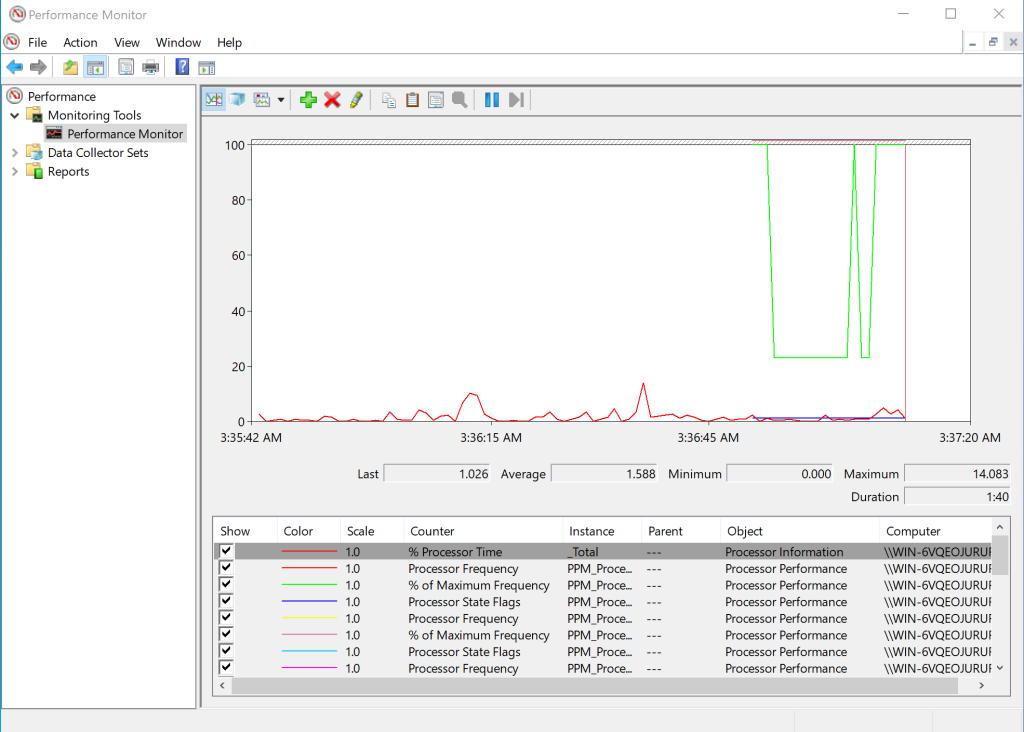
2. Add Performance Counters
- In the left panel, click Performance Monitor.
- Click the green + icon to add counters.
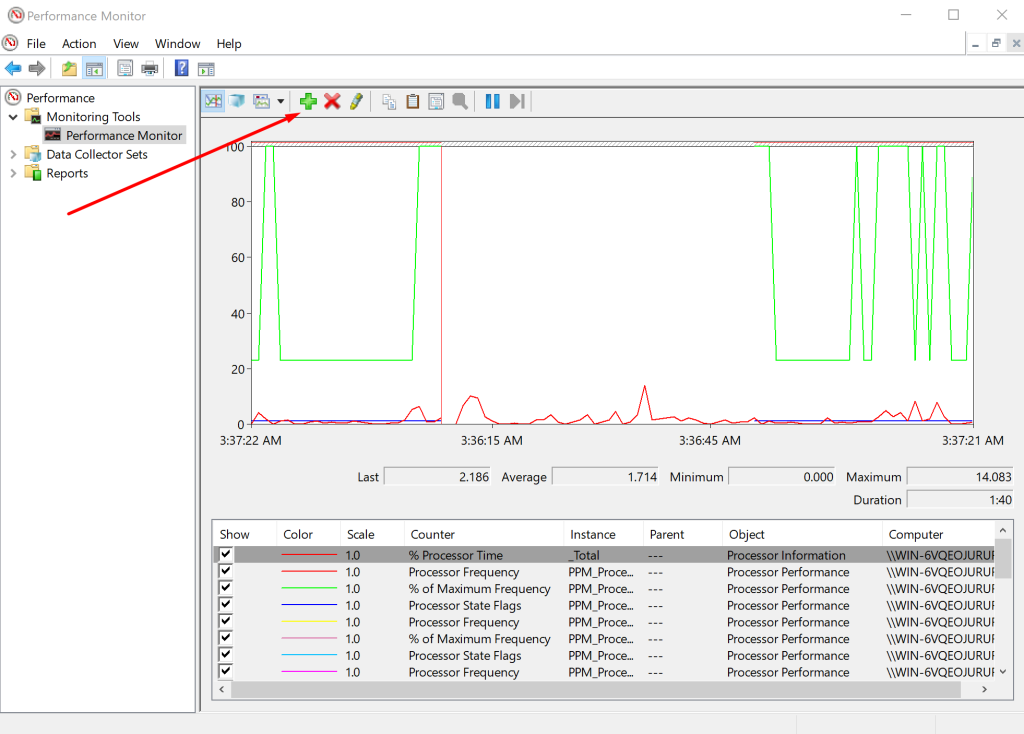
- Select categories like Processor, Memory, PhysicalDisk, or Network Interface.
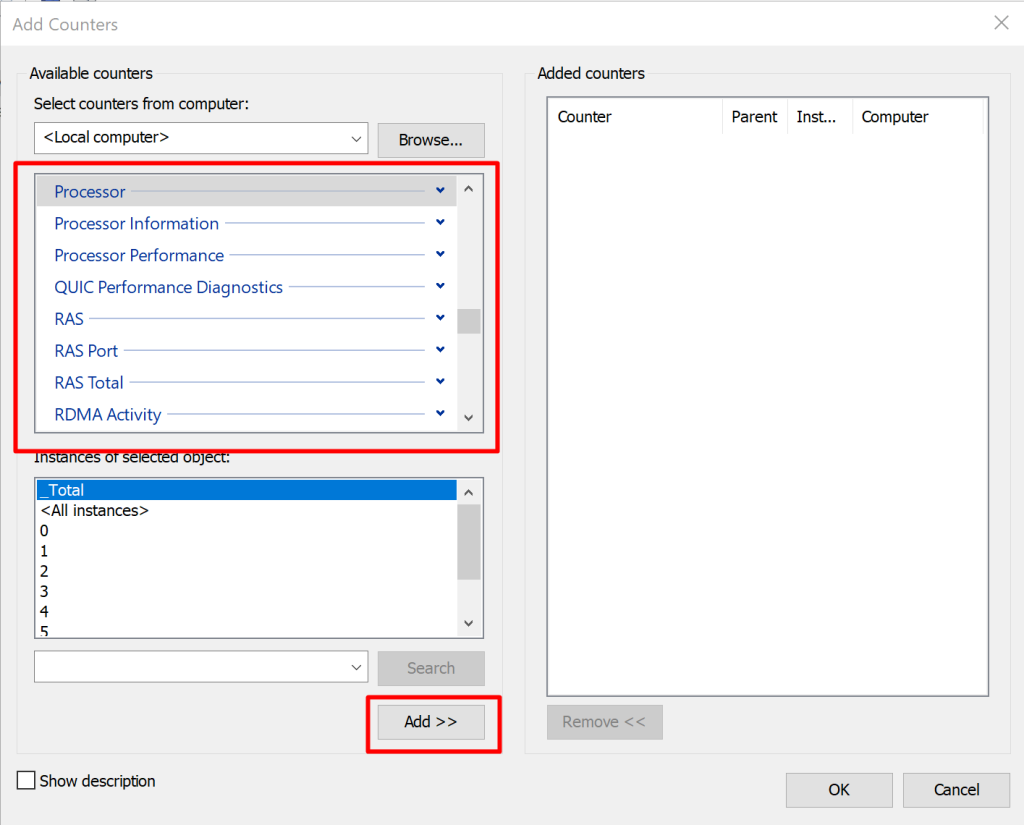
- Choose the specific counters (e.g.,
% Processor Time,Available MBytes,Disk Reads/sec).
3. Analyze Real-Time Data
- Once added, the counters will display in a live graph.
- Use this to track resource spikes or unusual patterns.
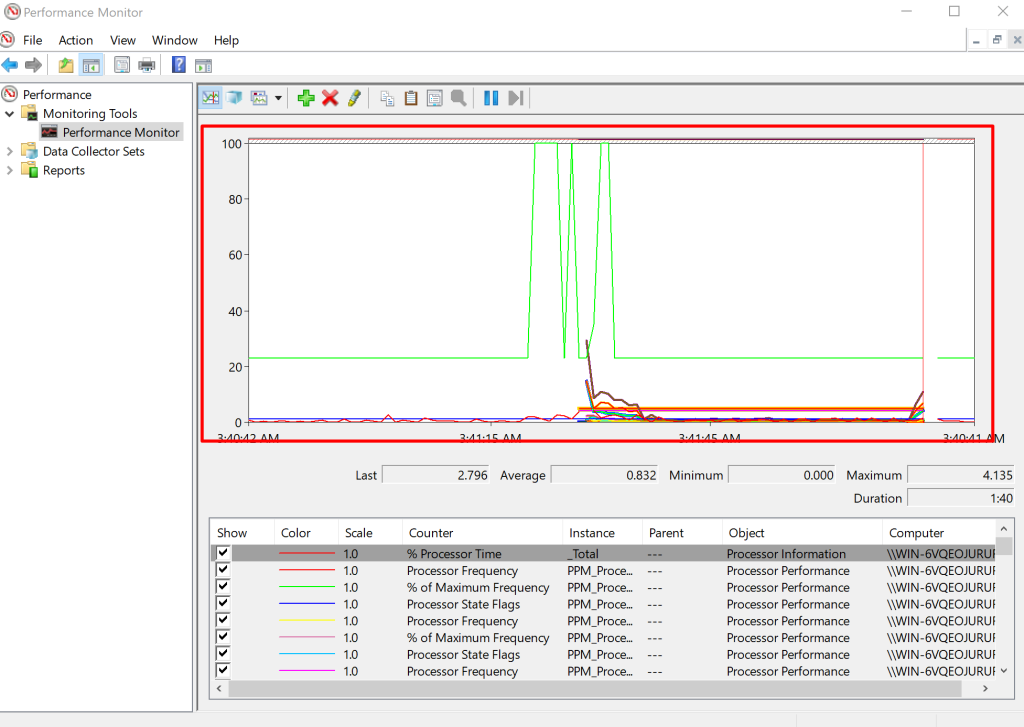
4. Create Data Collector Sets
- Go to Data Collector Sets → User Defined.
- Right-click and select New → Data Collector Set.
- Configure it to record specific counters at intervals and save results as logs.
5. Review Reports
- Under Reports, you can analyze collected data.
- This helps with long-term monitoring and capacity planning.
Best Practices for Server Monitoring
- Focus on critical counters: CPU usage, memory, disk latency, and network throughput.
- Establish baselines: Compare current performance against normal workloads.
- Schedule regular reports: Automate logs for long-term insights.
- Investigate anomalies: Sudden spikes may indicate resource leaks, misconfigurations, or malware.
How to Monitor Server Performance with Performance Monitor (F.A.Q)
What’s the main purpose of Performance Monitor?
To track and analyze server resource usage in real time or through historical logs.
Can I export Performance Monitor data?
Yes, logs can be exported in CSV, TSV, or binary format for further analysis.
How often should I monitor server performance?
Ideally, set up continuous monitoring with periodic log reviews—especially for production servers.
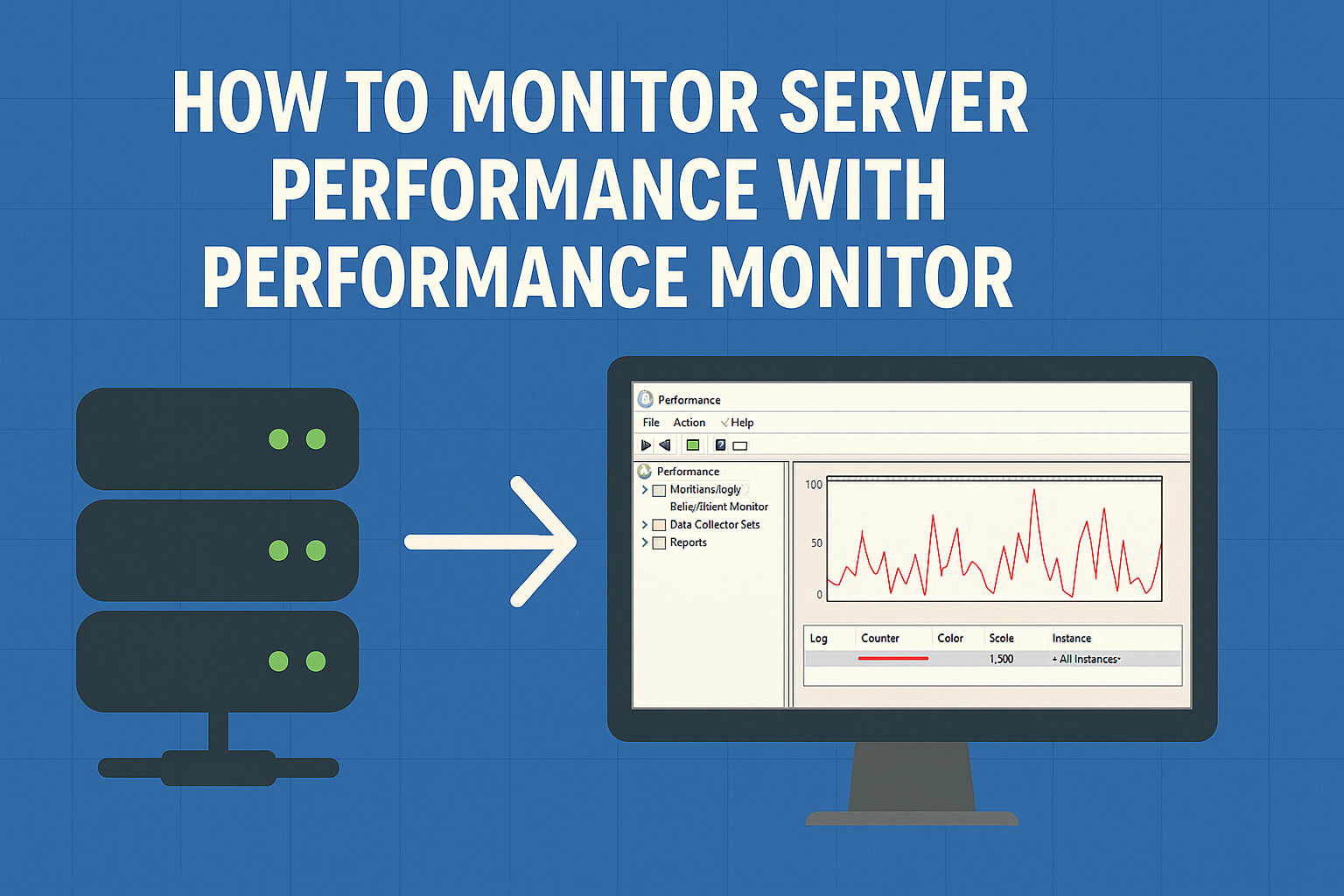
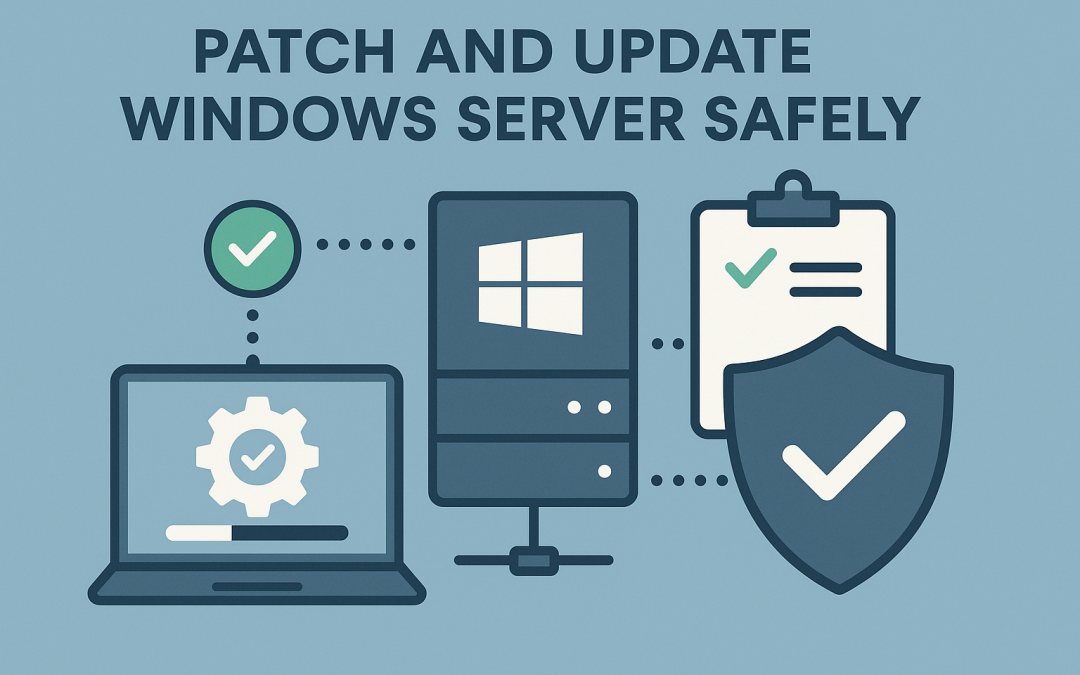
0 Comments